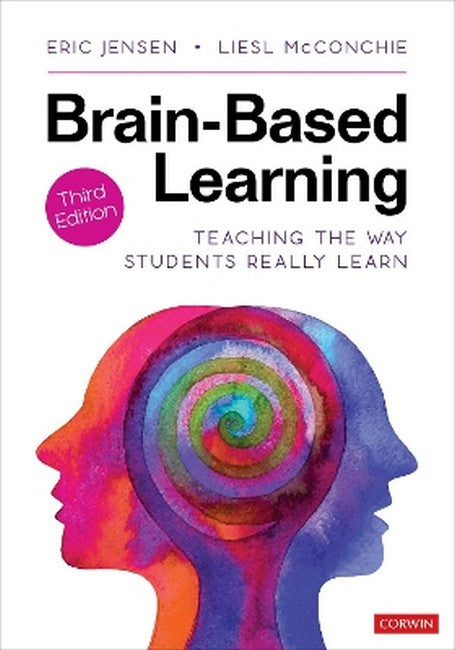List of Illustrations Preface Acknowledgments About the Authors Introduction Part I: Fundamentals of Brain-Based Learning Chapter 1: How the Brain Usually Learns What Is Learning? Learning's Big Five Players Four Types of Input: A Deeper Dive Putting It All Together Beyond Explicit/Declarative Input Summary Chapter 2: Why Each Brain Is Unique Age Genetics Environments Gender Luck Conclusion Part II: Laying the Foundation for Learning Chapter 3: How Our Senses Impact Learning Senses Are Signals Smell Air Quality Negative Ionization Sight Sound Touch Chapter 4: Relationships in the Classroom The Biology of Relationships Perceptions Matter Recognize and Act on Equity Chapter 5: The Power of Neuroplasticity The Properties of Neuroplasticity Why the Brain Needs Plasticity How to Foster Neuroplasticity Conclusion Part III: The Brain's Learning Strengths Chapter 6: How Emotions Impact Learning Our Basic Emotions Emotions vs. Moods vs. States Emotions in the Brain Creating a Positive Environment With Classroom Traditions Summary Chapter 7: Physical Movement and the Brain Movement and Cognition Movement and Emotional Self-Regulation Movement and Health Conclusion Chapter 8: Motivation That Works Understanding Motivation Understanding Demotivation Short-Term Motivational Strategies Long-Term Motivational Strategies Conclusion Part IV: Putting This Together in Your Classroom Chapter 9: The Non-Conscious Learning Climate Safety Sense of Belonging Feeling Hopeful and Supported Conclusion Chapter 10: Better Classroom Learning-Easy as R-C-C R: Readiness C: Coherent Construction C: Consolidation Chapter 11: Getting Your Brain to Work With You, Not Against You: Self-Care Vibrant Health (Physical Well-Being) Running Your Own Brain (Emotional Well-Being) Relationships (Social Well-Being) Conclusion References Index

